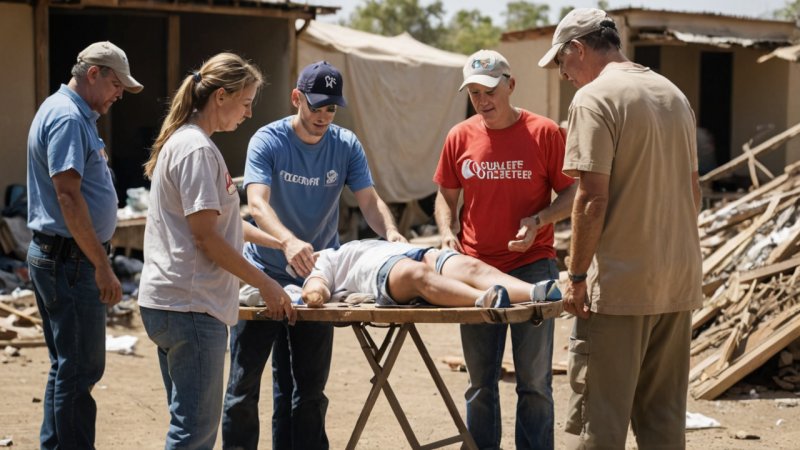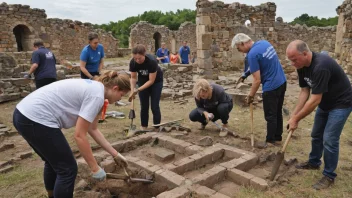Introduction
In a world increasingly affected by natural disasters, the need for compassionate volunteers who are willing to lend a helping hand has never been greater. This article will guide you through the essential steps to get involved in disaster relief volunteering. Whether you're looking to help locally or internationally, there are numerous opportunities available that not only allow you to make a difference but also provide you with unique experiences that can change your life and the lives of others.
Step 1: Research Opportunities
Before diving in, it's crucial to understand the landscape of disaster relief volunteering. Here’s how to start:
- Identify Your Interests: Reflect on what aspects of disaster relief resonate with you. Are you more interested in providing medical assistance, distributing supplies, or offering psychological support?
- Search for Organizations: Look for reputable organizations that focus on disaster relief. Some well-known ones include:
- American Red Cross
- Doctors Without Borders
- GlobalGiving
- Team Rubicon
Utilize platforms like VolunteerMatch and Idealist to find local or international opportunities.
Step 2: Assess Your Skills
Understanding what skills you bring to the table is vital:
- Evaluate Your Qualifications: Do you have medical training, logistical experience, or language skills that could be beneficial?
- Consider Training Programs: Some organizations offer training that can prepare you for specific roles in disaster relief. Enroll in courses if needed.
Step 3: Prepare for Deployment
Once you’ve found an opportunity that suits your interests and skills, preparation is key:
- Complete Required Applications: Follow the application process as outlined by the organization. This may include background checks, interviews, and training.
- Gather Necessary Supplies: Depending on the role, you may need specific gear, such as:
- First aid kits
- Protective clothing
- Personal hygiene products
- Identification documents
Step 4: Understand the Commitment
Volunteering in disaster relief can be demanding both physically and emotionally:
- Know the Time Commitment: Clarify how long you will be volunteering. Some assignments may last days, weeks, or even months.
- Be Aware of Emotional Challenges: Working in disaster zones can be traumatic. Ensure you have a support system in place, and consider seeking counseling if needed.
Step 5: Stay Informed and Flexible
Disaster situations are often unpredictable:
- Monitor Updates: Stay in touch with the organization for any changes in plans or protocols.
- Be Ready to Adapt: Flexibility is key in disaster relief. Tasks may change based on the needs of the affected community.
Step 6: Reflect and Share Your Experience
After your volunteering stint, take time to reflect on your experience:
- Document Your Journey: Keep a journal or blog about your experiences to help process your emotions and thoughts.
- Share with Others: Raise awareness about the organization and the needs of disaster-affected areas. Your voice can inspire others to get involved.
Conclusion
Volunteering in disaster relief is a rewarding way to contribute to society and help those in need. By following the steps outlined—researching opportunities, assessing your skills, preparing for deployment, understanding your commitment, staying informed, and reflecting on your experience—you can make a lasting impact. Remember, every effort counts, no matter how small. Get involved, make a difference, and embrace the incredible journey of volunteering!






